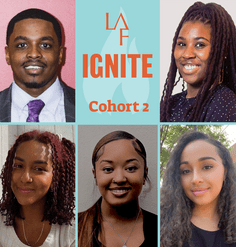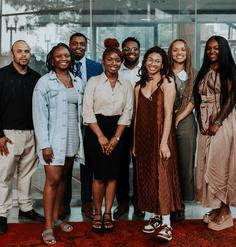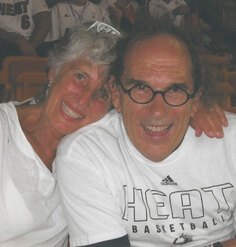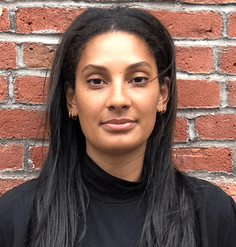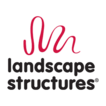Olmsted Scholar Feature: Illuminating the Intangible - Projects in Experimentation and Risk-Taking
By Tera Hatfield, 2012 National Olmsted Scholar Finalist
While preparing to apply to graduate school, I dog-eared well-worn works by Raymond Carver, T. S. Eliot, John McPhee, John Cage and Robert Smithson. Carver and McPhee illuminated intersections between obscure processes and marginalized places. Eliot, Cage, and Smithson introduced me to the poetics of entropy and the possibility of directed, open-ended designs that might serve as catalysts for future change. Much like the landscape architect, such artists grapple with communicating intangible processes and experiences, exploring new configurations and forms derived from underutilized and unseen conditions in language and the environment.
I believe the landscape is both a place of experimentation and risk-taking. Since being recognized as a National Olmsted Scholar Finalist, I’ve designed two projects that provided the opportunity for such experimentation. The projects book-ended my final year of graduate school and fell on disparate sides of the design spectrum. (“Decoding the Tiber” is a highly conceptual competition entry, while the “Supershed” is a fully constructed dwelling.) However, both strive to visualize the unimagined, to interpret ecological and social changes via transformative landscape design.
Last fall, I was the recipient of a fellowship to study the Tiber River. The Tiber, caged by 20-ft travertine embankments, is rejected as a social space by most Romans. My work was based on a competition to design a museum, traditionally a static entity, dedicated to the river, a system that is constantly in flux. The design specifically responds to a significant lack of environmental data on the Tiber and its heavily bounded site conditions. “Decoding the Tiber” situates post-industrial sites as data collection and decoding points, as well as newly productive space.
An urban river research center decodes the uncertain ecologies of the Tiber — a testing space for researchers to connect in the lab and on the water to provocatively engage the river and its urban narrative. This decoding is illustrated in designed stormwater data pools, their radical colors linked to water quality at other testing sites along the Tiber, changing temporally based on the health of the river. Opportunities for active physical exploration of the Tiber by Romans is a ways off; therefore, the design presents a digital iPhone application entitled “Tiber Decoder Ring” in which the dots and data between upstream and downstream are connected digitally (forecasts and real-time feeds). Users also have the ability to map their own intersections and investigations of the Tiber, graphically connecting users to their contextual surroundings.
This past spring, I participated in the award-winning Howard S. Wright Neighborhood Design/Build Studio taught by Professor Steve Badanes. The NBD team designed and built two tool sheds, a solar greenhouse, and a community classroom space, that served the varied needs of the University of Washington Farm, Seattle Youth Garden Works and the Hardy Plant Society of Seattle. The project is located on the perimeter of the Union Bay Natural Area, a 74-acre center (and former county dump) dedicated to the study of urban agriculture, ecological restoration and sustainability.
After an initial client meeting and feedback period, the integrated design process unfolded quickly with the decision to combine the varied client programs into a unified and cohesive structure in order to preserve space for outdoor education and habitat. This decision, in conjunction with a high degree of responsiveness to site conditions, became the foundation for the studio’s design strategy. With the nickname “Supershed,” the combined structure became the NBD studio’s most unique project to date, with a total area of 459 sf despite a budget of just under $11,000.
The design strategy utilizes a technically ambitious articulated king post truss system (and modular wall panels) that serve to address the client’s security and program needs while maximizing important site opportunities regarding light/sun exposure (solar greenhouse and daylit tool sheds), natural ventilation, rain (roof-water capture devices) and southern views of restored wetlands and Union Bay (classroom). All of the structure’s cladding is either salvaged from on-site materials (e.g., doors constructed from used concrete forms, twig fence organic material sourced from discarded university ground cuttings) or locally-sourced and donated, reclaimed cedar (for the classroom). The 12-week project was recently nominated for an AIA Student Award.
This spring, Tera Hatfield finished a clerkship with Gustafson Guthrie Nichol and received her Master's Degree in Landscape Architecture from the University of Washington. Her collaborative capstone project, focusing on entropic systems and mapping indeterminacy, was selected for the International Exhibition at the European Biennial of Landscape Architecture in Barcelona in September 2012. Upon completing a summer internship at ADX Portland as a fabrication assistant, Tera moved to Boston where she intends to find a position with a local design studio.
